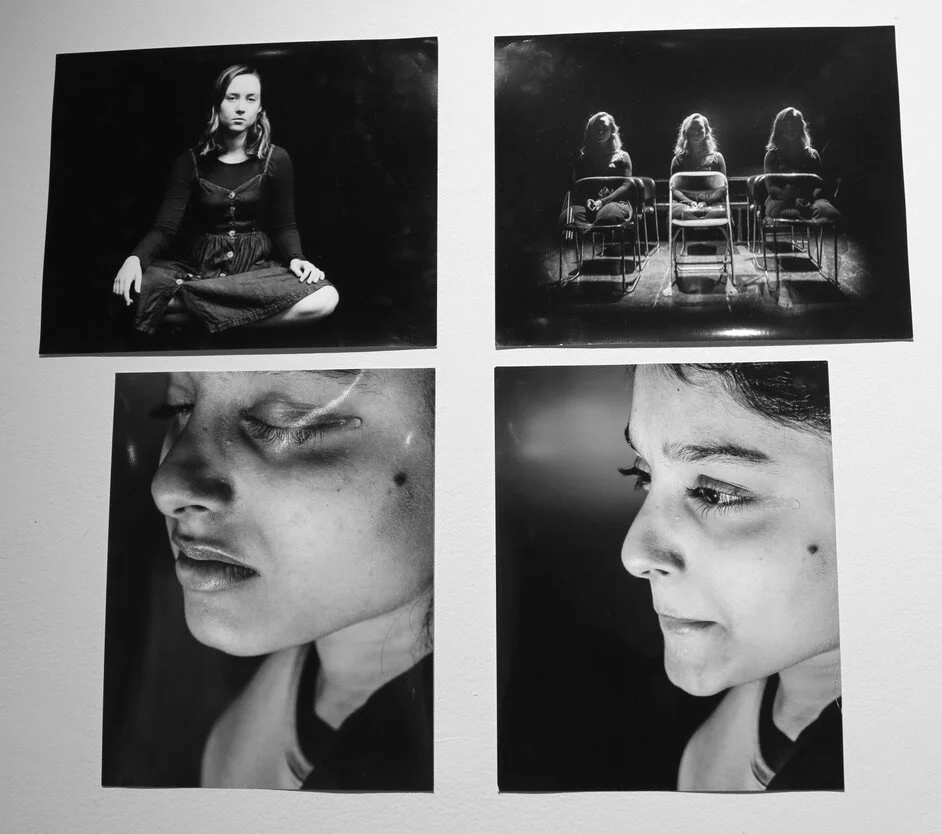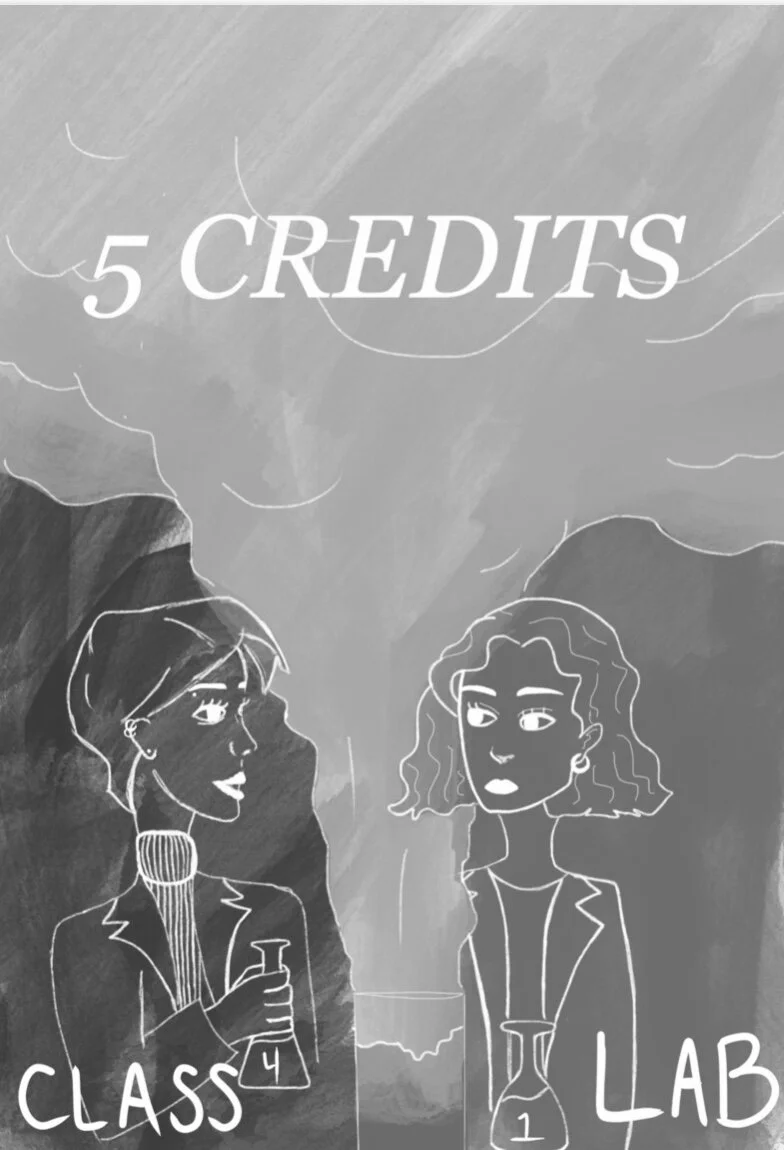Poster by Phoebe Murtagh ‘21
Staff Writer
On Sept. 21, a senate update was emailed to students that gave new information surrounding the structure of the Student Government Association and announcing the creation of District Senators. Typically, there is a Hall Senator to represent the residents of each residence hall in the SGA senate, but with many students living off campus this academic year, the SGA Executive Board established this new position. District Senators were created so off-campus students will continue to have representation in the SGA senate that relates directly to any concerns they have about their living arrangements. However, District Senators have not entirely replaced Hall Senators; students living on campus will still be represented by Hall Senators in addition to District Senators.
Phoebe Murtagh ’21 is the chair of halls on the senate team, which is part of the SGA Executive Board. As chair of halls, Murtagh oversees Hall Senators and District Senators in addition to communicating with the Office of Residential Life, organizing Hall and District Senator elections and a number of other duties. In her senate update to the Mount Holyoke student community, Murtagh wrote that “each District Senator will function as a Hall Senator would, representing their constituents’ concerns relating to their living spaces (wherever that may be).”
“We need at least a representative for off-campus students,” Murtagh explained. “That’s way too much work for one student.”
According to Chair of Senate Jane Kvederas ’22, the SGA Executive Board decided to create the District Senator role over the summer. “We were trying to figure out what Hall Senators would look like ... given [at least] half the population would be off campus,” Kvederas said.
The SGA Executive Board chose to create districts based on students’ last names rather than their geographic locations because, according to Murtagh, it was a clear and streamlined way to accomplish the task. Students’ last names are only one piece of data that the SGA Executive Board needed from the College. Using last names also allowed the creation of districts and allocation of District Senators to be as random as possible. Kvederas noted that ideas such as major and class year were considered as well, but the last names idea still had the least logistical issues.
Additionally, Murtagh made it clear that if the SGA had created districts based on students’ geographic locations, it was possible that certain districts could have more issues that needed attention than other districts. Murtagh gave the example that students living in cities might have fewer problems accessing the internet than students living in rural areas and, therefore, determining districts by last name was “a better way to make a fairly even distribution for the sake of the [District] Senators if we chose something that didn’t have that connection effect.” The SGA elected 12 District Senators and, according to Murtagh, there are around 200 people in each district.
While the District Senator position is a new role, it is similar to the roles of Hall, Organization and Class Board senators. “As with any Senator, the main responsibility is availability,” Murtagh said. Kvederas added, “We want our Senators to participate in senate meetings as much as possible” and that “we expect them to pretty much do as much as possible without stressing them out.”
The similarities between District Senators and Hall Senators appear to be by design. Murtagh shared that “it was important to me that students living off campus still have living-experience representation. … There have been a lot of issues that the administration hasn’t been able to predict ... because life is complicated.”
Murtagh also stressed that some Mount Holyoke students have faced challenges that might not be represented by the kinds of data that schools would normally consider. Therefore, it is even more important for Mount Holyoke students to have someone who can call attention to their living space concerns. On-campus students had the opportunity to vote for a Hall Senator for their residence hall and a District Senator for their district. Murtagh explained that “it was still really important that on a hall-to-hall level there was someone to contact,” and that on-campus students need Hall Senators in addition to District Senators because they have specific needs as students living in residence halls.
The establishment of District Senators in place of Hall Senators for off-campus students is another way Mount Holyoke has adapted to the challenges of the pandemic and a fully remote model. Kvedaras summarized the SGA’s goal for the District Senator role by noting, “We’re hoping that as many students as possible have the necessary support and coverage in terms of having their needs met and their concerns addressed in senate.”
















